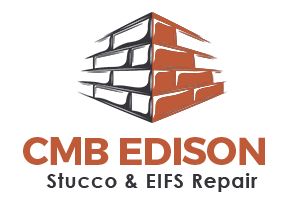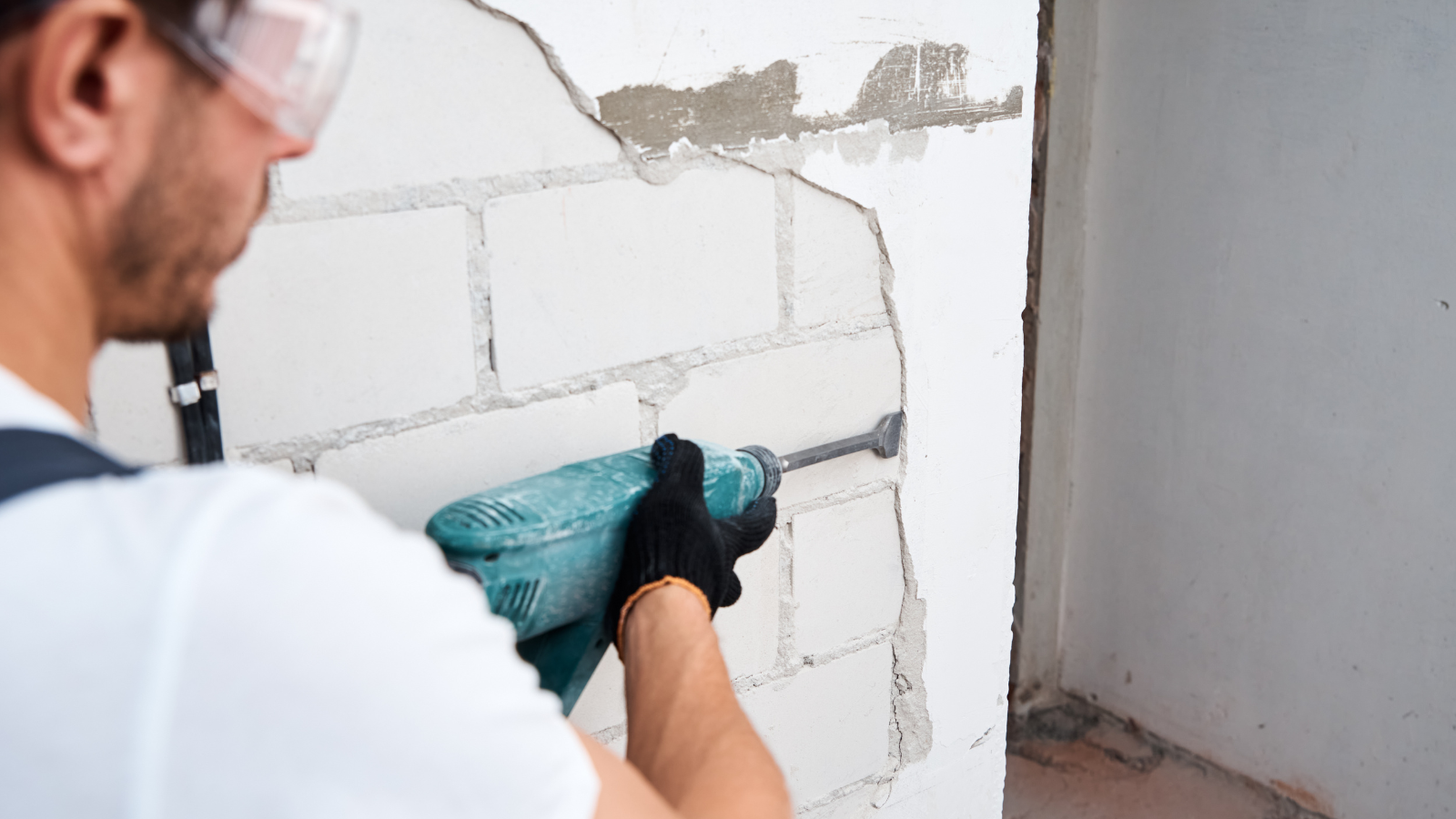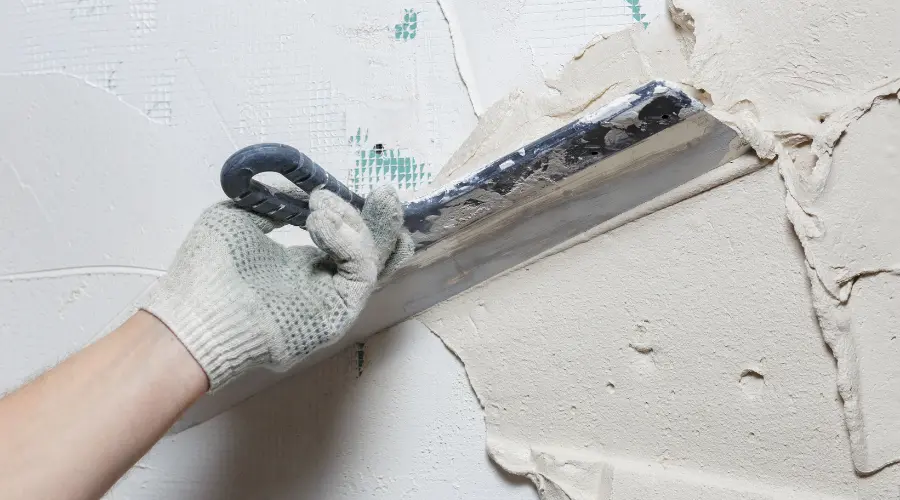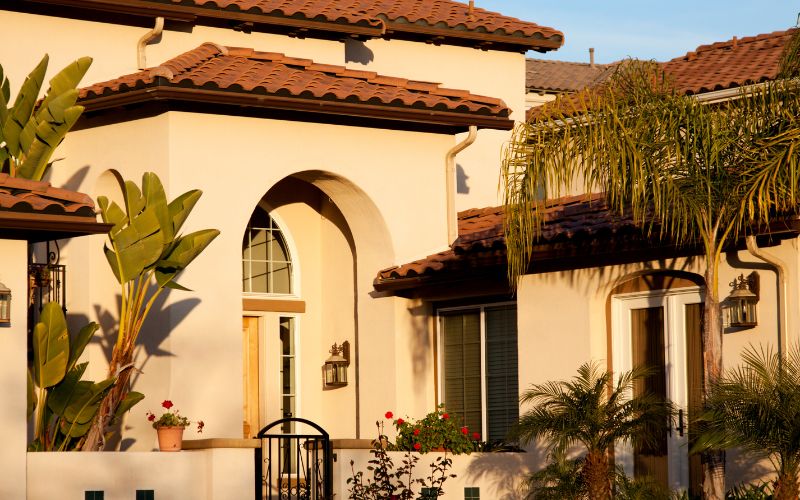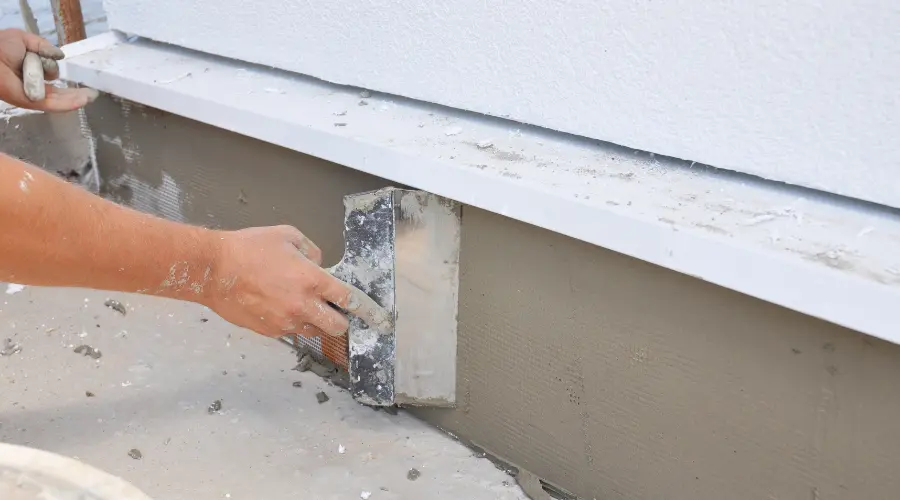Sustainable Stucco: Building a Greener Future
When you think of eco-friendly building materials, stucco might not be the first thing that comes to mind. But this classic material has a lot to offer in terms of sustainability.
Why Choose Stucco?
- Energy Efficiency: Stucco is a natural insulator, helping to keep your home cool in the summer and warm in the winter. This can lead to significant energy savings and a smaller carbon footprint.
- Durability: Stucco is built to last. With proper maintenance, it can withstand the test of time, reducing the need for frequent repairs and replacements. This means less waste and fewer resources used.
- Natural Ingredients: Traditional stucco is made from natural materials like lime, sand, and water. These materials are less harmful to the environment than many synthetic alternatives.
- Reflective Properties: Stucco can reflect sunlight, reducing heat absorption and lowering cooling costs.
Best Practices for Sustainable Stucco
- Use Recycled Materials: Incorporate recycled materials like crushed glass or concrete into your stucco mix.
- Opt for Natural Binders: Lime-based binders are more environmentally friendly than Portland cement.
- Implement Energy-Efficient Techniques: Proper insulation and application methods can significantly improve energy performance.
- Conserve Water: Use water wisely during mixing and application.
- Source Locally: Use locally sourced materials to reduce transportation emissions.
- Maintain Regularly: Regular maintenance can extend the life of your stucco and reduce waste.
Frequently Asked Questions
- Is stucco environmentally friendly? Yes, stucco can be highly eco-friendly, especially when natural materials and sustainable practices are used.
- How does stucco contribute to energy efficiency? Stucco provides excellent insulation, reducing the need for excessive heating and cooling.
- Can stucco be used in all climates? Yes, stucco is versatile and can be adapted to various climates.
- What is the lifespan of a stucco wall? With proper maintenance, stucco walls can last several decades.
- Is stucco a cost-effective option for sustainable building? While initial costs can vary, stucco’s durability and energy efficiency make it a cost-effective choice in the long term.
Ready to Build Green?
At CMB Edison Stucco & EIFS Repair, we’re committed to sustainable building practices. With nearly four decades of experience, we’ve helped countless homeowners and businesses in Edison, NJ, and beyond. For insights on the future of home building, explore the evolution and future of smart home technology.
Contact us today at 201-822-2206 to discuss your next project
